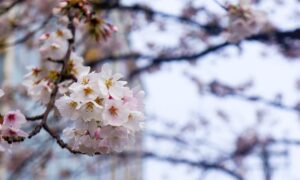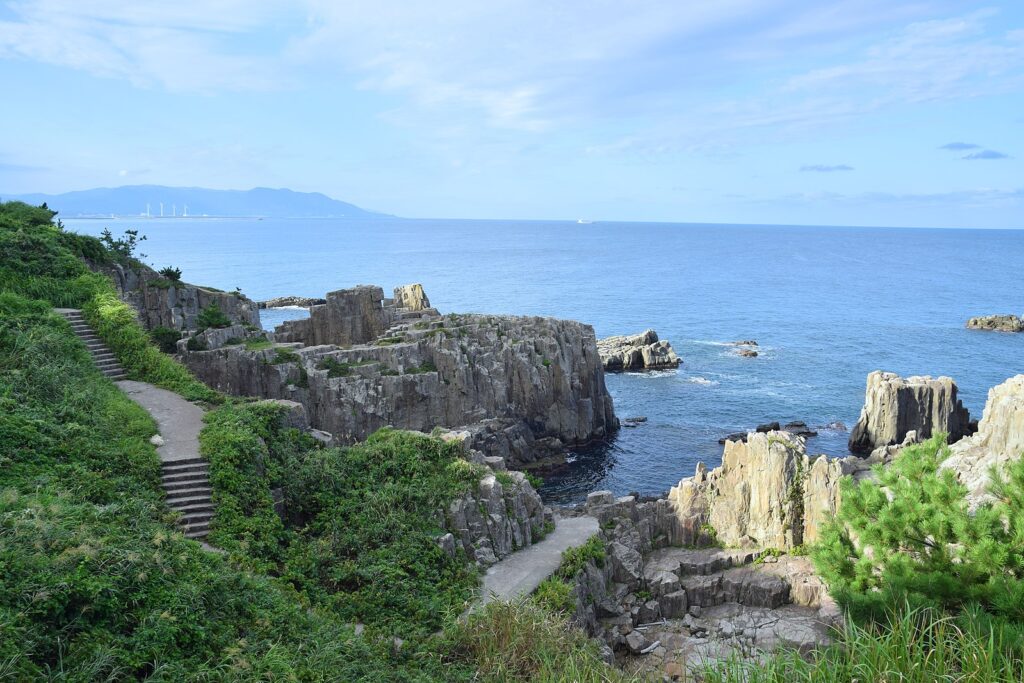Fukui, Japan – Sightseeing, History and More
Fukui- A Hidden Gem of Japan
Bordered by heavy peaks and situated near the Sea of Japan, Fukui city is located in Fukui Prefecture with an estimated population of 264,217. Though Fukui is among the least visited places, it doesn’t let its charm down. Those who love to hunt on mountain shore and forest area would love to spend some days here.
In ancient times, Fukui was inhibited by Echizen people who refurbished Fukui as a castle town. It is believed that during War Era, Fukui was ruled by the Asakura clan, and then he was conquered by Oda Nobunaga, and his castles were ruined. Only Maruoka Castle persisted without being destroyed and became a popular castle among the twelve original castles in Japan. In 1889, this city was again renovated with new municipality rules to gain its modern appeal.
 Every year, Fukui experiences the four major seasons- winter, spring, summer, and autumn. In winters, while facing cold winds, beautiful flower blossoms, especially daffodils that cover the whole Echizen coastline, gain most of tourism this time. In the spring season, Cheery trees blossom along the Asuwa River bank approximately stretches to 2 km covering the central part of the city. This site is believed to be one of the top 100 Cheery blossoms seeing-spot in Japan. You can enjoy Fukui’s beautiful island Mizushima on the tip of the Tsuruga Peninsula in the summers. This island covers clear blue water and beaches, mostly bursting with beach lovers, families, and couples. Last! Autumn fences with natural beauty, especially on man-made Kuzuryu Lake, which shows the lovely autumn leaves in water. The surface of this emerald green lake changes its colors depending on the season.
Every year, Fukui experiences the four major seasons- winter, spring, summer, and autumn. In winters, while facing cold winds, beautiful flower blossoms, especially daffodils that cover the whole Echizen coastline, gain most of tourism this time. In the spring season, Cheery trees blossom along the Asuwa River bank approximately stretches to 2 km covering the central part of the city. This site is believed to be one of the top 100 Cheery blossoms seeing-spot in Japan. You can enjoy Fukui’s beautiful island Mizushima on the tip of the Tsuruga Peninsula in the summers. This island covers clear blue water and beaches, mostly bursting with beach lovers, families, and couples. Last! Autumn fences with natural beauty, especially on man-made Kuzuryu Lake, which shows the lovely autumn leaves in water. The surface of this emerald green lake changes its colors depending on the season.
Moreover, Fukui is the premium spot where you find
- Eiheji Temple: Eiheji Temple, “The temple of Eternal Peace,” is located in Fukui. The temple is the main headquarter of Zen Buddhism, where Zen practices are mainly followed to earn internal peace.
- Fukui Dinosaur Museum: Japan’s leading dinosaur museum is committed to the research and education of Dinosaurs. More than 40 dinosaur skeletons available, and regular paleontologists’ study makes it the largest of its kind in Japan.
- Maruoka Castle: This castleis among the twelve castles that survived after Era of war. It stands on small hills north of Fukui and is surrounded by small museums that display shields, armor, and various other items belonging to the early masters of Maruoka Castle.
- Yokokan Garden: In the Edo period, this Garden was famous with the name ‘Osensui’. In the Meiji period, this Garden was named Yokokan and was believed to build last by Yoshinori, the 7th lord.
Echizen soba:
The top culinary dish that sparks your tongue in Fukui is Echizen soba consisting of buckwheat noodles garnish with grated Japanese radish, spring onion, and some soy-based sauce. The reason for getting this famous local dish is due to the heavy production of buckwheat in Fukui. Due to enough water resources and suitable weather conditions, Fukui is a prime producer of buckwheat here.
A few more interesting note about Fukui:
- Fukui seems to have one of the the largest dinosaur museum in whole of Japan, and apparently this land of dinosaur relics
- Fukui also produces around 90% of all the glasses (eye) sold in Japan.
Festivals in Fukui:
- Tsuruga Festival
- Houze Festival
- Takefu Chrysanthemum Figures Festival
- Iris Festival
- Echizen Asakura Mantoya Lightup



0 comments